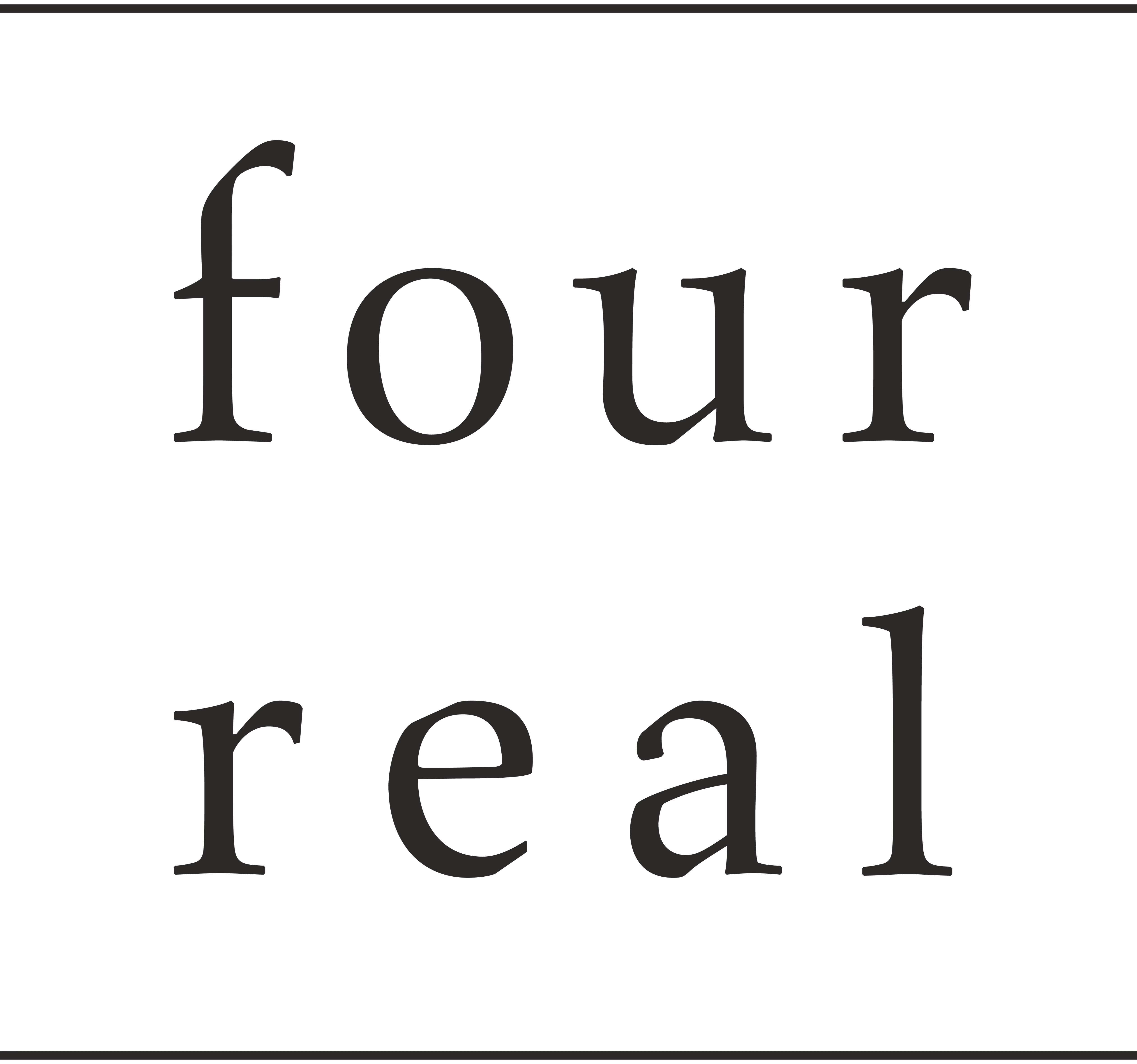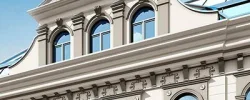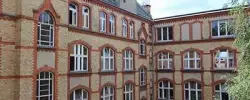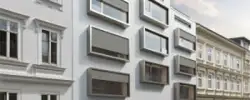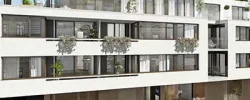Laubsängerweg 30 - 30a
Return
6.5% p.a.
Duration
36 months
Project type
Growth
Distribution
Yearly
Notice according to § 12 (2) Vermögensanlagengesetz
This investment involves considerable risk and may result in partial or total loss.Project Presentation
The property "Laubsängerweg 30-30a" is an almost fully leased residential building (91%) in the middle of the popular Berlin district of Neukölln. The apartment building comprises a total of 29 units with a total area of 1,460 m². Furthermore, there is the possibility to create approx. 470 m² of additional usable living space through an attic conversion.
The property is located in Neukölln in the immediate vicinity of the Reuterkiez. Laubsängerweg is a quiet side street of Rudower Straße and thus exposed to low noise pollution. The surrounding area is predominantly characterized by apartment buildings or residential and commercial buildings. The infrastructure in terms of shopping facilities and connections to public transport can be described as very good. Cafés, restaurants and other local suppliers are located in the immediate vicinity. The nearby subway station "Parchimer Allee" (U7) provides a quick connection to the city center.
The project is already very well let and currently generates an annual net rent of 145,000 €. The issuer is already the owner of the property.
Location
Welcome to Berlin
Berlin is not only the political center of Germany, but also an important cultural, scientific, research and trade fair location. With over 30 million overnight stays, Berlin is also a tourist magnet for domestic and foreign visitors, who are becoming an increasing economic factor. Even though Berlin has lost its unique selling point as a divided city of the Cold War since reunification, the influx of visitors continues unabated, who appreciate the wide range of cultural offerings, the lively scene and, last but not least, the still moderate prices compared to other metropolises in Europe.
Micro-location Buckow in Neukölln
Buckow is a district in the idyllic district of Neukölln. Buckow is located on the southern outskirts of Berlin and is divided into two parts: Buckow 1 & Buckow 2. The entire district of Neukölln is particularly known for its multicultural flair. The bustling streets of the neighborhood are lined with hummus bars, oriental bakeries and discount stores. The idyllic side streets with thrift stores, hip bars and cafes are home to many student and artist apartments. On Maybachufer is the Turkish weekly market with stalls for food, spices and textiles. In the south of the district are the small village-like neighborhood of Rixdorf and the Britzer Garten with regular flower shows.
Discover the surroundings
The property is located in the district of Neukölln. Neukölln is a well-known industrial district, a popular start-up hub and a cultural "melting pot". One of Neukölln's greatest advantages and at the same time opportunities is its land potential. Conflicts due to competition for space are lower than in other inner-city districts, despite the high density in the central neighborhoods. 22,000 tradespeople, 5,500 businesses with around 60,000 jobs do not stand in the way of modern think tanks and office concepts, just as little the other way around. In the coming years, the district will develop, perhaps not radically, but essentially. In the interior, the district center along Karl-Marx-Strasse will be upgraded. Investors are planning coworking spaces and residential projects.
The spirit of optimism is attracting young new Berliners, students and young families. Start-ups, bars or hipster restaurants are just as much at home in Neukölln as small manufactories and crafts. In the most popular neighborhoods such as Reuterkiez, Richardplatz and along the Landwehrkanal, pubs and galleries line the streets. Neukölln is also a player in Berlin thanks to its good connections to the BER airport, its relative proximity to the business and science location Adlershof and, soon, Germany's largest hotel complex, the Estrel Berlin. It should not be concealed that the positive development of Neukölln's neighborhoods is also due to government programs. There are a total of 11 neighborhood management areas in the district.
Brandenburg Gate
The Brandenburg Gate in Berlin is an Early Classicist triumphal gate that stands on the western flank of the square Pariser Platz in Berlin's Mitte district. The gate is the most famous Berlin landmark and a German national symbol, with which many important historical events of the 19th and 20th centuries are associated. Thus, until the Second World War, the end of Napoleonic rule in 1813-1815, in particular, was associated with the structure. During the Weimar Republic, Constitution Day was celebrated here every year on August 11. Until the opening of the Iron Curtain, it stood directly on the border between East and West Berlin and thus symbolized the clash of the Warsaw Pact and NATO at the most sensitive point of their common border during the Cold War. Accordingly, since 1990 the Brandenburg Gate has also been regarded as a symbol of the overcoming of the division of Germany and Europe.
Memorial - Berlin Wall
The Berlin Wall Memorial commemorates the division of Berlin by the Wall and the deaths at the Berlin Wall. The national memorial, a 70-meter-long original section of the border fortifications, was rebuilt in 1998 by the Federal Republic of Germany and the State of Berlin on Bernauer Strasse (parts of the Wall came from other sections) and later expanded. Today, the memorial site covers a length of 1.4 kilometers on the former border strip and includes, in addition to the memorial, an outdoor exhibition, the Chapel of Reconciliation, the Berlin Wall Documentation Center, the Window of Remembrance, and the Visitor Center and an exhibition in the neighboring S-Bahn station, Nordbahnhof.
Reichstag Building
The Reichstag building on Platz der Republik in Berlin has been the seat of the German Bundestag since 1999. Since 1994, the Federal Assembly has also met here to elect the German president. The building was constructed according to plans by architect Paul Wallot between 1884 and 1894 in the neo-Renaissance style in the Tiergarten district on the left bank of the Spree River. It housed both the Reichstag of the German Empire and that of the Weimar Republic. Initially, the Federal Council of the Empire also met there. After severe damage from the Reichstag fire of 1933 and World War II, the building was restored in a modernized form in the 1960s and served for exhibitions and special events. From 1995 to 1999, the Reichstag was fundamentally redesigned by Norman Foster for its permanent use as a parliament building, which was decided in 1991. On April 19, 1999, the keys were handed over to Bundestag President Wolfgang Thierse. Since then, the German Bundestag has been meeting there. The walk-in glass dome above the plenary chamber is a conspicuous feature of the cityscape.
East Side Gallery
The East Side Gallery memorial in Berlin-Friedrichshain is a permanent open-air gallery on the longest remaining section of the Berlin Wall on Mühlenstrasse between Berlin's Ostbahnhof station and the Oberbaumbrücke bridge along the Spree River. In spring 1990, after the opening of the Berlin Wall, this section was painted by 118 artists from 21 countries over a length of 1316 meters.
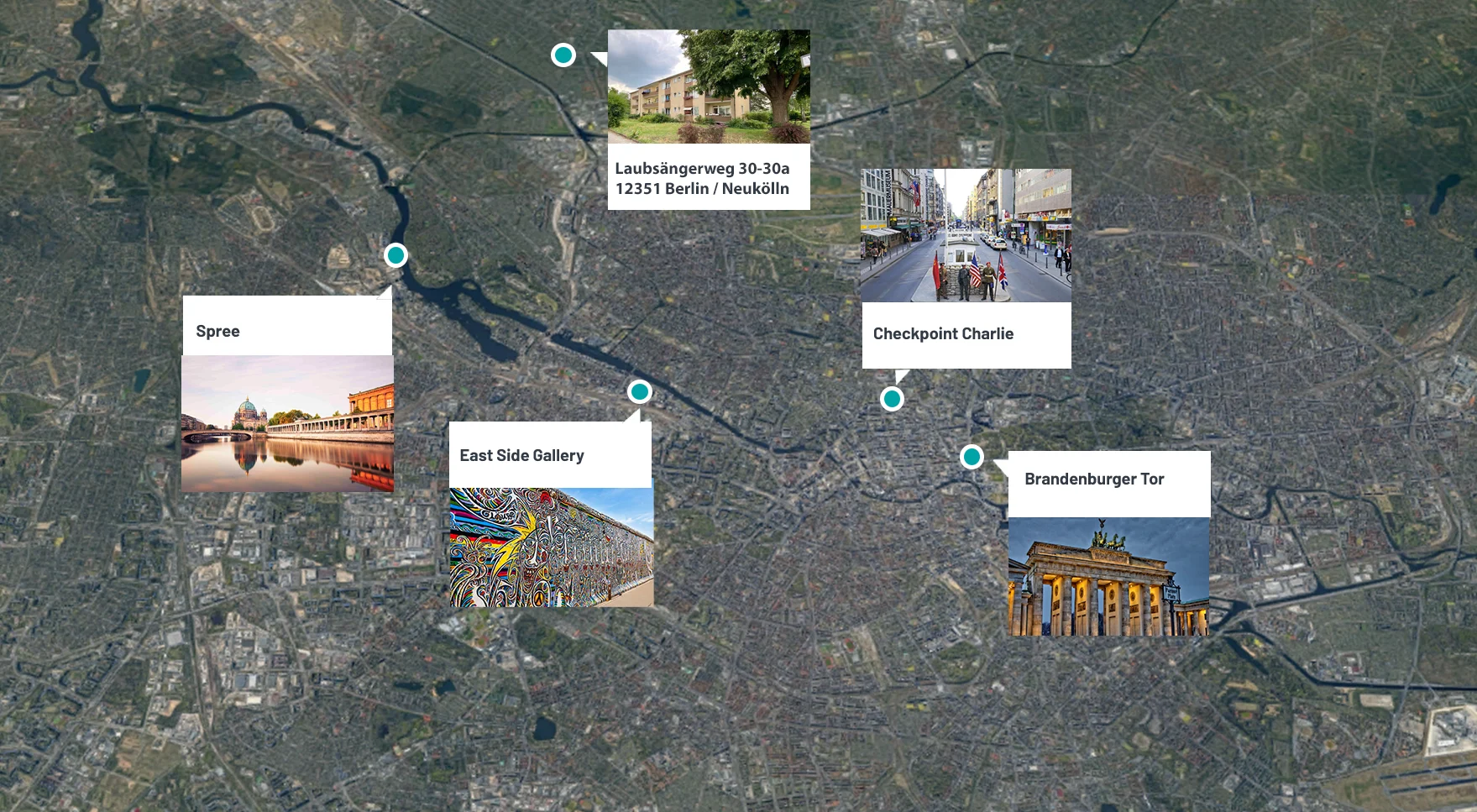
Team
Fourreal meets the challenge of contemporary space creation with the new construction or revitalisation of high-quality residential properties. When it comes to real material assets, Fourreal is the right contact. Since its foundation, the focus has been on project realisations in inner-city areas as well as on the development of living space in locations with a special quality of life. In addition to project development of upmarket residential properties, Fourreal concentrates on investments in properties for its portfolio. Precise property research and direct, compact planning enable the elimination of intermediate interfaces and thus maximum cost efficiency. Good creditworthiness and financial resources enable quick and flexible decisions.
